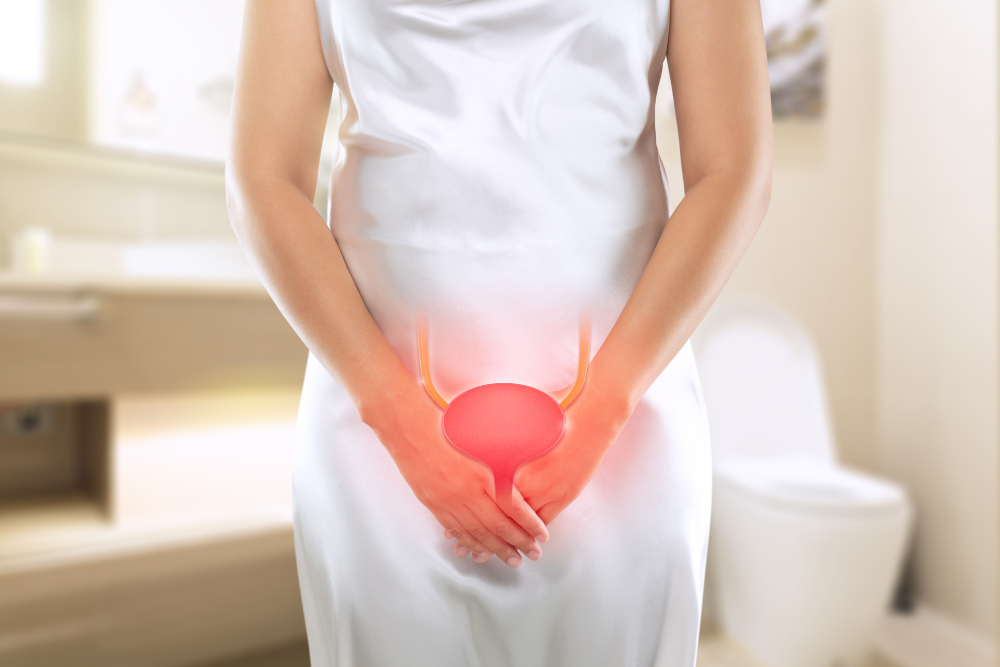
Bladder Pain Syndrome in Singapore: What You Need to Know
Are you experiencing frequent and urgent trips to the restroom, along with discomfort or pain in your bladder, pelvic or perineal area? If so, you may be suffering from a condition previously known as painful bladder syndrome, but is more commonly referred to as Bladder ain Syndrome nowadays. This chronic condition affects millions of people worldwide and can significantly impact daily life.
About Bladder Pain Syndrome
Bladder Pain Syndrome (also known as interstitial cystitis) is a chronic condition that affects the bladder and surrounding pelvic region. It is characterized by recurring bouts of discomfort or pain in the bladder area and increased urinary urgency and frequency. The exact cause of this condition is not known, but it is believed to be a result of various factors, including overactive or underactive bladder muscles, inflammation and chronic damage of the bladder lining, and nerve problems.
It can affect people of any age, but it is most commonly diagnosed in those between 30-40 years old.
Causes of Bladder Pain Syndrome/Interstitial Cystitis
While the underlying cause of bladder pain syndrome or interstitial cystitis is still unknown, certain risk factors have been identified. Researchers believe it may be because of damage to the bladder lining, autoimmune disorders, and nerve issues. Certain factors can also contribute to the development of PBS/IC. These include age, gender (women are more prone to the condition), family history (genetics), lifestyle factors such as diet and stress levels, and other health conditions like irritable bowel syndrome (IBS), multiple sclerosis, migraine, fibromyalgia and other generalized pain syndromes.
For many sufferers, the onset of symptoms is often triggered by a specific series of events or in some cases the trigger can be unknown. For example, consuming certain foods or drinks such as caffeine or alcohol can irritate the bladder and worsen symptoms. Stressful situations can also lead to flare-ups in some individuals.
Common Symptoms of Painful Bladder Syndrome/Interstitial Cystitis
The most common symptom of painful bladder syndrome/interstitial cystitis is increased frequency and urgency to urinate. However, there are several other signs that may indicate this condition:
- Frequent urination with small amounts of urine
- strong urge to urinate that can be difficult to control
- painful sexual intercourse
- pelvic pain and discomfort before and after urination
- pain and pressure in the bladder area and valva
For many sufferers, these symptoms can significantly impact their daily lives. In addition to physical discomfort, the constant need to use the restroom can also be embarrassing, disruptive and affect their quality of life.
Diagnosing Bladder Pain Syndrome/Interstitial Cystitis
If you are experiencing any of these symptoms, it is essential to seek medical help for proper diagnosis and treatment. Your doctor will likely perform a thorough physical examination and ask about your medical history and symptoms.
To confirm a diagnosis of painful bladder syndrome/interstitial cystitis, your doctor may recommend certain tests such as urinalysis and culture, cystoscopy (examining the inside of the bladder with a thin tube), urodynamic evaluation and bladder ultrasound. These tests can help rule out other conditions that may have similar symptoms.
What Treatments are Available for Painful Bladder Syndrome in Singapore?
Fortunately, there are various treatment options available in Singapore to help manage the symptoms of painful bladder syndrome. These include:
- Medications to relax bladder muscles and reduce inflammation
- Bladder instillations (medication directly into the bladder)
- Physical therapy for pelvic floor muscles
For patients with severe or resistant cases, surgical treatments such as bladder wall injections or nerve stimulation may be considered.
It is crucial to speak with your doctor about which treatment options would be best suited for you based on your specific condition and medical history.
How Can I Prevent Painful Bladder Syndrome?
The exact cause of this condition is not fully understood, making it difficult to prevent. However, there are steps you can take to help manage and possibly prevent flare-ups.
Certain foods and beverages have been known to trigger bladder pain syndrome symptoms. These include spicy foods, caffeine, alcohol, and artificial sweeteners. Keeping a food diary can help you identify which foods may be causing your symptoms and avoid them in the future.
Drinking more water is important for flushing out irritants in the bladder, even if you have bladder pain syndrome. You should drink 8 glasses of water a day.
Stress can worsen symptoms of bladder pain syndrome, so it is important to find ways to manage/reduce stress in your life. This can include exercise, meditation, deep breathing techniques, or talking to a therapist.
Smoking can irritate the bladder and worsen symptoms of bladder pain syndrome. If you are a smoker, quitting can not only improve your overall health but also help manage your condition.
Bladder training is a technique where you gradually increase the time between bathroom breaks to help train your bladder to hold more urine. This can be helpful for those with bladder pain syndrome, as it can decrease the frequency of bathroom trips and reduce discomfort.
Some supplements have shown promise in managing bladder pain syndrome symptoms. However, always consult with a healthcare professional before starting any new supplement regimen.
Conclusion
Living with painful bladder syndrome can be challenging, but it is essential to remember that you are not alone. If you or someone you know is experiencing symptoms of painful bladder syndrome, do not hesitate to seek medical advice. Speak to our urogynaecologist today if you are experiencing any symptoms of painful bladder syndrome.
Disclaimer: The information provided in this article is for general purposes only and should not be considered as a substitute for medical advice. Always consult with your healthcare provider before making any changes to your current treatment plan or starting any new medications.

